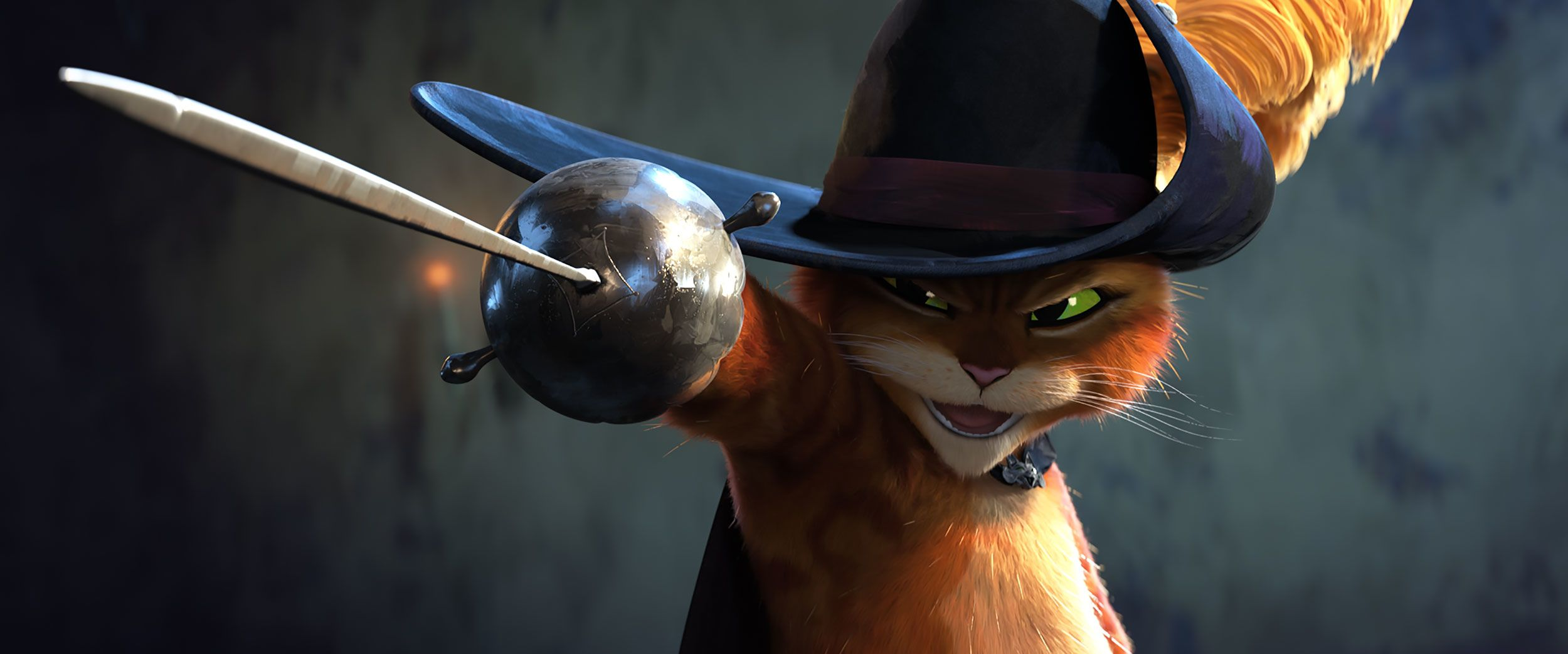How Puss In Boots: The Last Wish Stands Apart
Last week I saw Puss In Boots: The Last Wish in theaters, and to my surprise, it was one of Dreamworks’ most refreshing products of the last few years. Having seen the movie a few days after its release, I was encouraged to watch it because of the high praise it had received. That being said, the movie exceeded my already-high expectations, taking its place as one of the best movies to release last year.
Despite being a sequel, watching the 2011 Puss in Boots before The Last Wish is not required. The movie –which is not very good– doesn’t have any information that is necessary to understand its sequel. If you, like everyone else, have heard about how good the new movie is and are wondering if you should see the original, I wouldn’t bother.
The Last Wish follows Puss and Kitty Softpaws, who are returning from the first film, and a new main character being introduced partway through. Puss and the others travel to a place called the Dark Forest in search of a wishing star which will grant one of their desires. Puss, who has only recently begun to fear death because he is down to his last life, wants to use the star to replenish his nine lives. This setup allows for strong messages about living your life to the fullest and being happy with what you have, making for some great emotional moments.
The strongest part of the movie is its animation and art style. As someone who appreciates the art of animation, I’ve noticed that the general “look” of animation has been somewhat homogenous among mainstream studios. Ever since Pixar’s golden age in the 2000’s, major studios have incorporated similar visual styles, no doubt hoping to capture a little bit of the magic of those movies. Smaller studios are still helping to push the art of animation in new directions, but when most people think of an animated movie, this mainstream style is what comes to mind.
The Last Wish is not the first big deviation from this style, but Dreamworks’ previous track record of generic-looking movies makes The Last Wish’s uniqueness much less expected. The cohesive style of recent Dreamworks is ditched in favor of a more vibrant and experimental style. To emphasize the movement and choreography of the movie's key action setpieces, the animation will drop to a lower framerate. This tactic, which is called animating on twos, emphasizes every swipe, swing and punch, making action feel kinetic and swift. This quality has prompted comparisons to 2018’s Spider-Man: Into The Spiderverse. Those comparisons are not inaccurate, but The Last Wish differentiates itself with an art style reminiscent of an oil painting as opposed to SpiderVerse's bold comic book aesthetic.
The Last Wish’s cast of characters is another point worthy of praise. The main trio encompasses different personalities, but their cooperation never feels artificial. All the voice performances are great, with Antonio Banderas as Puss and John Mulaney as Jack Horner being my personal favorites. The film features several antagonists, ranging from sympathetic ones who turn over a new leaf by the end to comically evil monsters whose only purpose is to act as a roadblock along the journey. Some act as antagonists to the entire trio, while others threaten a single member of the party, adding some welcome variety to a genre that typically only features a single antagonist.
Another way The Last Wish separates itself from the norms of the animation industry is with its tone. Much like Dreamworks’ breakout movie, Shrek, The Last Wish adopts an edgier and more self aware tone than most animated films. Any quality that differentiates The Last Wish from the industry standard is welcome, but its appeal to the older Dreamworks style sometimes came off as forced. This minor fault does little to change the fact that The Last Wish is a refreshing return to form for Dreamworks, and will please those who prefer their older works.
The Last Wish is a great movie that sets an even greater example for the animated movie industry. Its technically solid animation is made special by its cohesive and vibrant art style, making up for the comparatively simple narrative. As the industry continues to pump out more movies, people will use The Last Wish as a point of reference for what mainstream animation ought to look like. If you have even a passing interest in animated films, Puss In Boots: The Last Wish is not a movie you can afford to miss out on.
By Christopher Eckl

